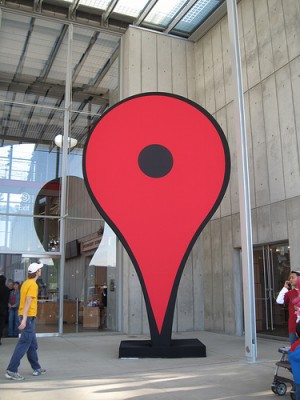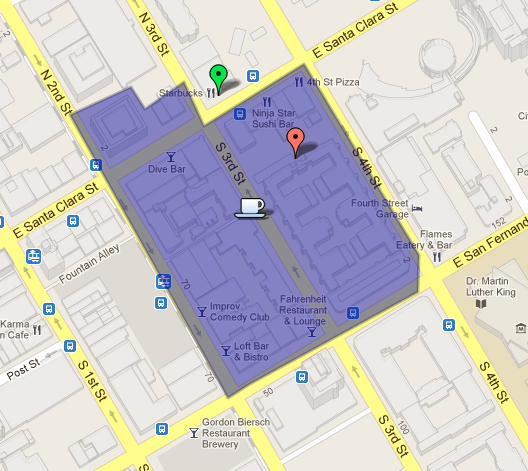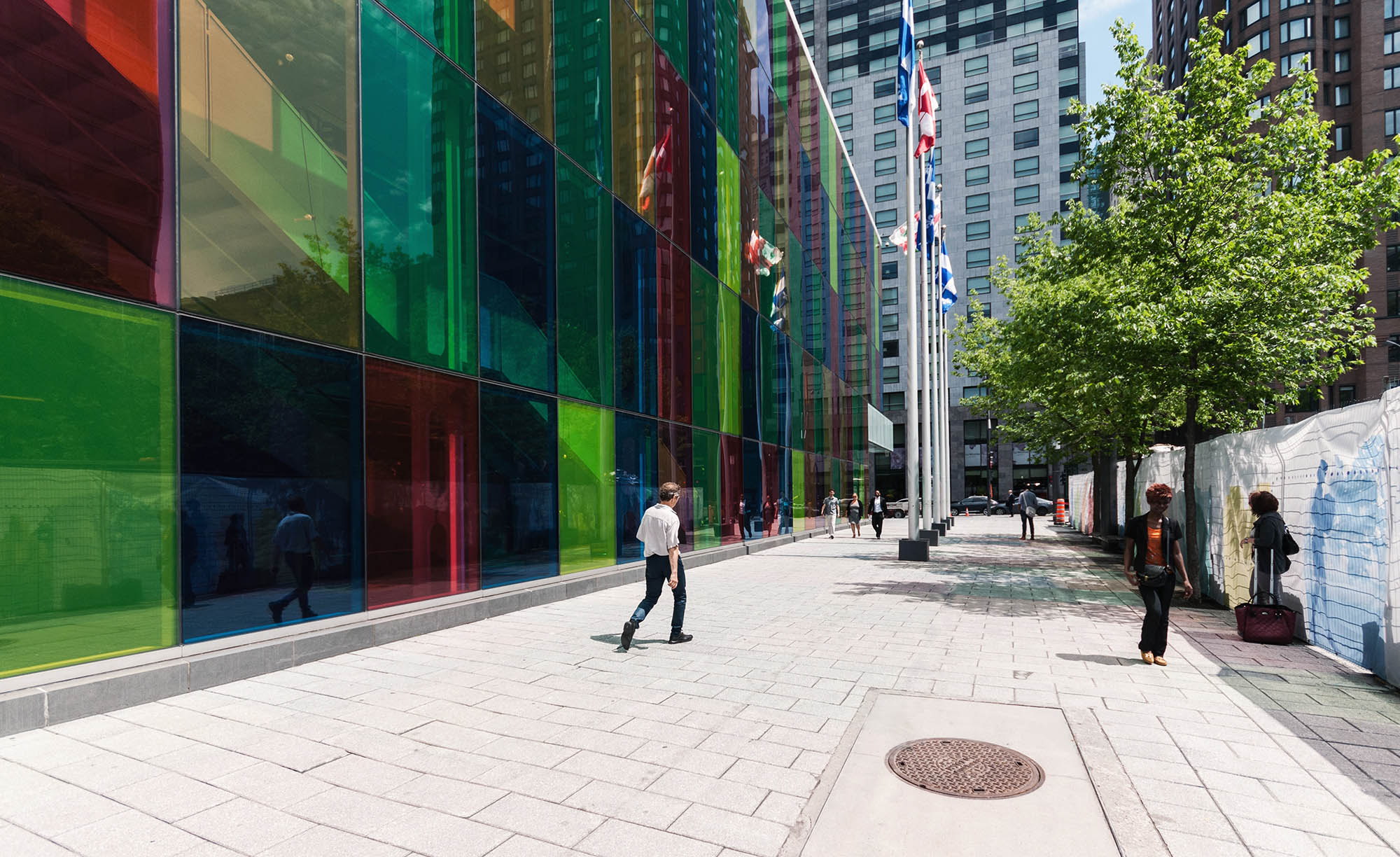Location Based Advertising (also know as hyper-local advertising) is a type of advertising which takes advantage of a consumer’s real world position. Using this real world position, Location Based Advertising is able to deliver relevant ads for products and services that are in close proximity to that consumers’ current location.
 Location is everything…
Location is everything…
Wait, what does this mean?
Well, let’s say that someone is on their smartphone and standing in front of a coffee shop. If this person is using a mobile app that incorporates Location Based Advertising, it becomes possible for an advertiser to know that this person is actually standing in front of a coffee shop, and send them an relevant ad (or coupon, or whatever) instantly. This ad can be from the coffee shop they are standing in front of, or it can even be for the competition down the street and around the corner. Perhaps this ad from the competition is so compelling it entices the consumer to travel a bit farther up the street, and reap the discount from the ad they just got.
This actually happens on a regular basis with Location Based Advertising, as this form of advertising has been shown to be quite effective. It is a powerful thing for a business to know a consumer is in close proximity to their store and offer them an incentive to make them take those final steps to enter the store.
This is exactly what Location Based Advertising does. It knows where the consumer is positioned in the real world and delivers an ad for a product/service that is “close by” the current location of the consumer.
OK, that’s great! But how does it work? Sounds complicated…
Yes, you are right, the technology behind Location Based Advertising is insanely complicated, but we won’t let that get in our way of learning some of the basics about Location Based Advertising!
How about a quick Q&A?
Q: How does Location Based Advertising “know” the current location of a consumer so they can send them an ad?
A: Most of today’s high end smartphones (iPhone, Android, Blackberry, Nokia) have what is known as a GPS chip. A GPS chip is a little microchip that interprets signals from GPS satellites in space and figures out your current position based on those signals. These chips can also figure out your position by using cell tower triangulation to “jump start” the process of getting your GPS position. This “jump start” makes the process of getting your current location much faster. By using cell phone tower triangulation, it means getting a consumer’s location can now happen within seconds, and not minutes as is the case when using GPS radio signals alone. Most of the same modern smartphones that have a GPS chip also have the ability to use cellphone triangulation. In reality, the differences between these two technologies is not something you necessarily need to worry about, but still it is some good background info to have.
Q: If I am walking down the street, how close do I have to be to a place of business before I get one of these “Location Based Ads”?
A: Traditionally you would get an Location Based Ad served to you as soon as you cross a Geofence.
Q: Geofence? Eh, what’s that?
A: A geofence is nothing more than an predefined area on a map. In Location Based Advertising, the place of business doing the advertising is usually in the middle of the area defined by the Geofence. Traditionally, the defined area (Geofence) is nothing more than a simple circle drawn around the place of business. (or a square or a polygon). How far out this geofence is drawn, (a few blocks, a few miles, etc) all depends on the ad campaign and the goals of the advertiser. Once a consumer is inside the area of the geofence, they are served up a Location Based Ad. To reiterate: Outside the Geofence, no ad, inside the geofence, you get served an ad. Simple!
 Blue area denotes Geofence with coffee shop in the middle. Green marker is outside the geofence. Red marker is inside the geofence.
Blue area denotes Geofence with coffee shop in the middle. Green marker is outside the geofence. Red marker is inside the geofence.
Q: Why should I care about this Geofence?
A: The timing of the delivery of your ad to the consumer needs to be useful and relevant based on their location. For example, in a large city with many coffee shops and lots of pedestrians, it might be most effective to make your Geofence small, and send out the ad to consumers only within a 3 block area. Anyone outside that 3 block area will usually not feel compelled to travel more than 3 blocks for a coffee shop and your ad will not be as effective . Conversely, for a coffee shop in a small town on a major highway, it might be most effective to stretch that Geofence out to 3 miles and get people as they are coming into town on the highway. Finding the “sweet spot” of the size and shape of your Geofence to make your ad campaign the most effective will be the thing that distinguishes your marketing skills from the rest of the pack.
So, there you have it, a quick overview to some of the more important concepts associated with Location Based Advertising.
Location Based Advertising is set to become the new norm in the coming years, so start your education now. You will want to position yourself and take advantage of this emerging field in the future. And remember, “the early bird gets the worm”, and Location Based Advertising is one worm which you will want to make sure to be early enough to get!



